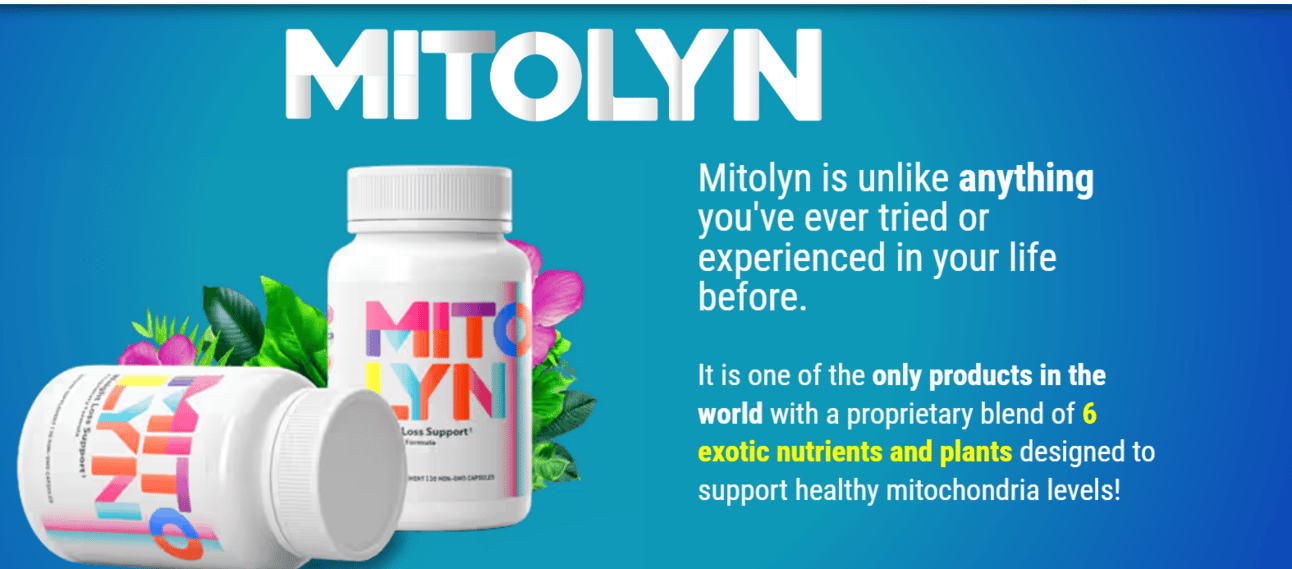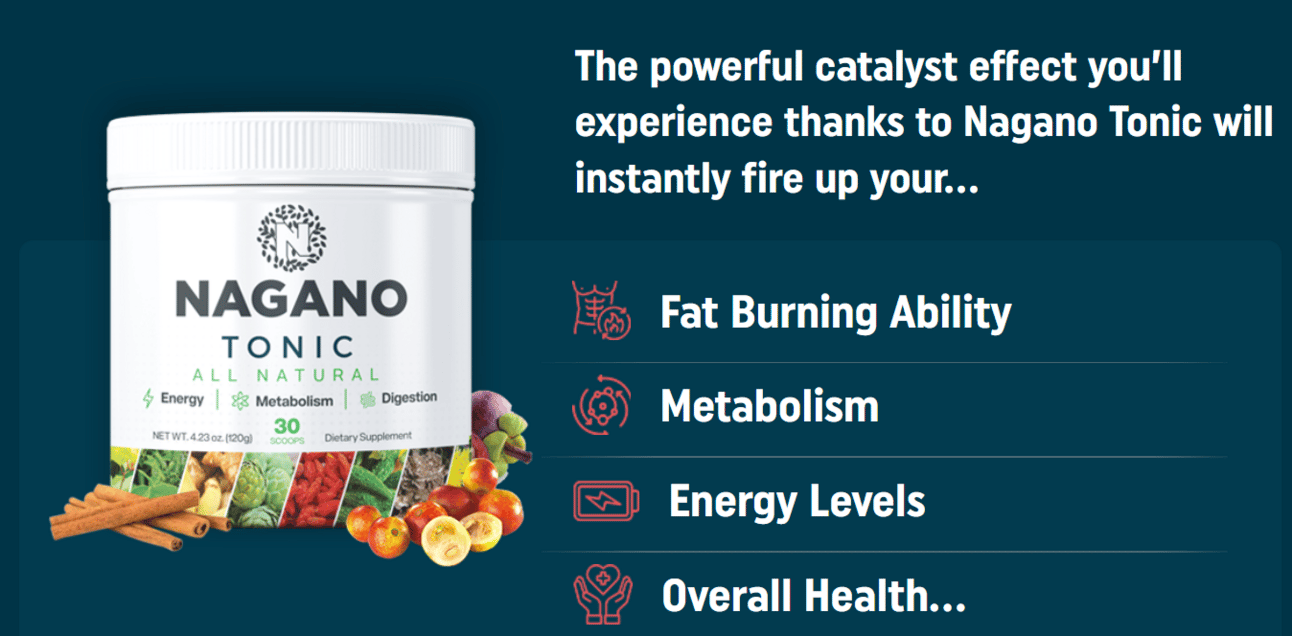- The Oxymind
- Posts
- The Power of Movement – Metabolic Training Reimagined
The Power of Movement – Metabolic Training Reimagined
Move More, Live Longer: Unlock the Science of Metabolic Training
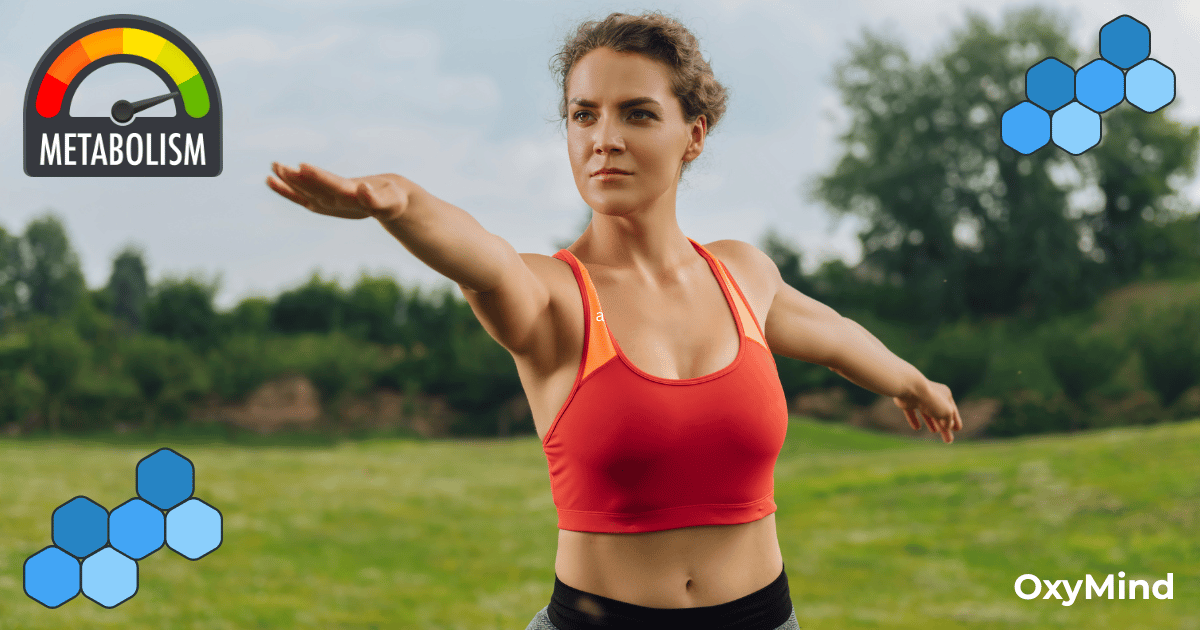
Dear Oxymind Readers |
In Today’s Edition |
The Power of Movement – Metabolic Training Reimagined Recipe of the week: Post-Workout Berry Protein Smoothie Resource of the Week Productivity Hack of the Week: Movement Stacking |
In our exploration of wellness foundations, we've covered sleep's impact on mental health and how nutrition shapes your brain. This week, we're focusing on what might be the most powerful intervention available to humans: movement. As longevity expert Dr. Peter Attia puts it, "Exercise is in a league of its own when it comes to extending life and reducing all-cause mortality. There's really no intervention...that's going to rival it."
Let's discover why movement deserves to be called the trillion-dollar medicine that's available to everyone—free of prescription.
THE SCIENCE: WHY MOVEMENT MATTERS
The research is unequivocal: physical activity fundamentally transforms not just your body, but your brain. While most people associate exercise with weight management or cardiovascular health, its effects on neurological function and mental wellbeing are perhaps even more profound.
The Hard Numbers: Movement & Mental Health
Regular exercise reduces depression risk by 26% according to a 2023 meta-analysis
Just 20 minutes of moderate exercise improves executive function for 2-3 hours afterward
Physical activity increases BDNF (brain-derived neurotrophic factor), often called "Miracle-Gro for the brain"
Exercise reduces anxiety sensitivity by 25% in as little as two weeks
Moving from lowest fitness quartile to below average cuts all-cause mortality by 50%—more impact than quitting smoking
Regular movement adds an estimated 6-8 years of healthy lifespan
The Movement-Mind Connection
Physical activity affects nearly every aspect of brain function through multiple mechanisms:
Increased cerebral blood flow delivering oxygen and nutrients
Enhanced neurotransmitter production (dopamine, serotonin, norepinephrine)
Reduced inflammation throughout the brain and body
Stimulated neurogenesis and creation of new neural connections
Improved hormone regulation, including stress hormones like cortisol
Research Update: A 2024 study published in Neurology followed 35,000 adults for 15 years and found that those who maintained consistent moderate exercise showed 37% lower rates of cognitive decline compared to sedentary counterparts—regardless of genetic risk factors.
BEYOND "JUST MOVE MORE": A STRATEGIC APPROACH
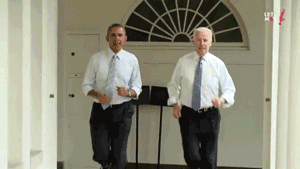
The advice to "just move more" isn't wrong—it's just incomplete. Current research shows that different types of movement affect your brain and body in distinct ways, suggesting a strategic approach works best.
The Zone System: Quality Over Quantity
Zone 1: Easy activity where conversation is comfortable (walking, light cycling)
Benefits: Builds aerobic base, enhances recovery, improves mitochondrial function
Mental Impact: Reduces rumination, supports creative thinking, promotes neural relaxation
Zone 2: Moderately challenging activity where conversation becomes difficult (brisk walking, steady cycling)
Benefits: Cardiovascular development, fat adaptation, metabolic flexibility
Mental Impact: Enhances focus, increases BDNF production, improves cognitive processing
Zone 5: High-intensity intervals where maximum effort is required (sprints, HIIT)
Benefits: Improves VO2 max, increases mitochondrial density, enhances insulin sensitivity
Mental Impact: Triggers neurogenesis, improves stress resilience, boosts cognitive flexibility
The Optimal Distribution
Current longevity research suggests this weekly movement portfolio:
Daily Zone 1: 60+ minutes of easy movement distributed throughout each day
3-4 hours Zone 2: Moderate, sustained effort (ideally 3-4 sessions)
30 minutes Zone 5: Brief, intense efforts (typically 2 sessions)
Editor's Note: "I was shocked to learn that even Olympic athletes spend 80% of their training in Zone 2. I'd been making the classic mistake of training too hard too often and too soft the rest of the time—the dreaded 'moderate intensity trap.' Restructuring my approach has not only improved my fitness but dramatically enhanced my mental clarity and emotional stability."
THE MET SYSTEM: QUANTIFYING MOVEMENT'S IMPACT
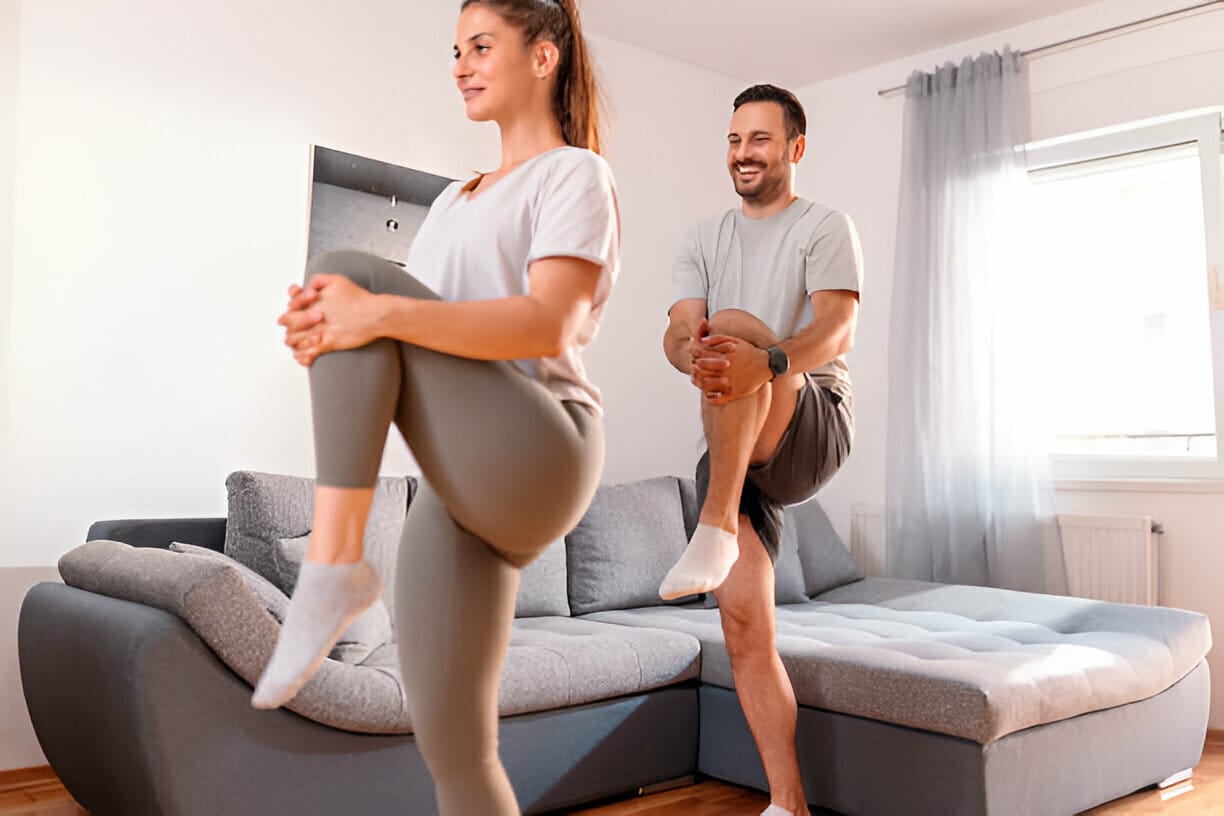
Every activity has a measurable energy cost, expressed as METs (Metabolic Equivalent of Task). One MET equals the energy used while sitting quietly—your baseline.
Daily Activities in MET Values
Sitting/typing: 1.5 METs
Slow walking: 2.0 METs
Housework: 2.5-3.5 METs
Brisk walking: 4.0 METs
Cycling (moderate): 6.0 METs
Running (10 min/mile): 9.8 METs
HIIT workout: 8.0-12.0 METs
Research shows accumulating MET-hours correlates directly with longevity. The sweet spot appears to be between 15-25 MET-hours weekly, which translates to about 3-5 hours of moderate activity.
Recipe of the week: Post-Workout Berry Protein Smoothie
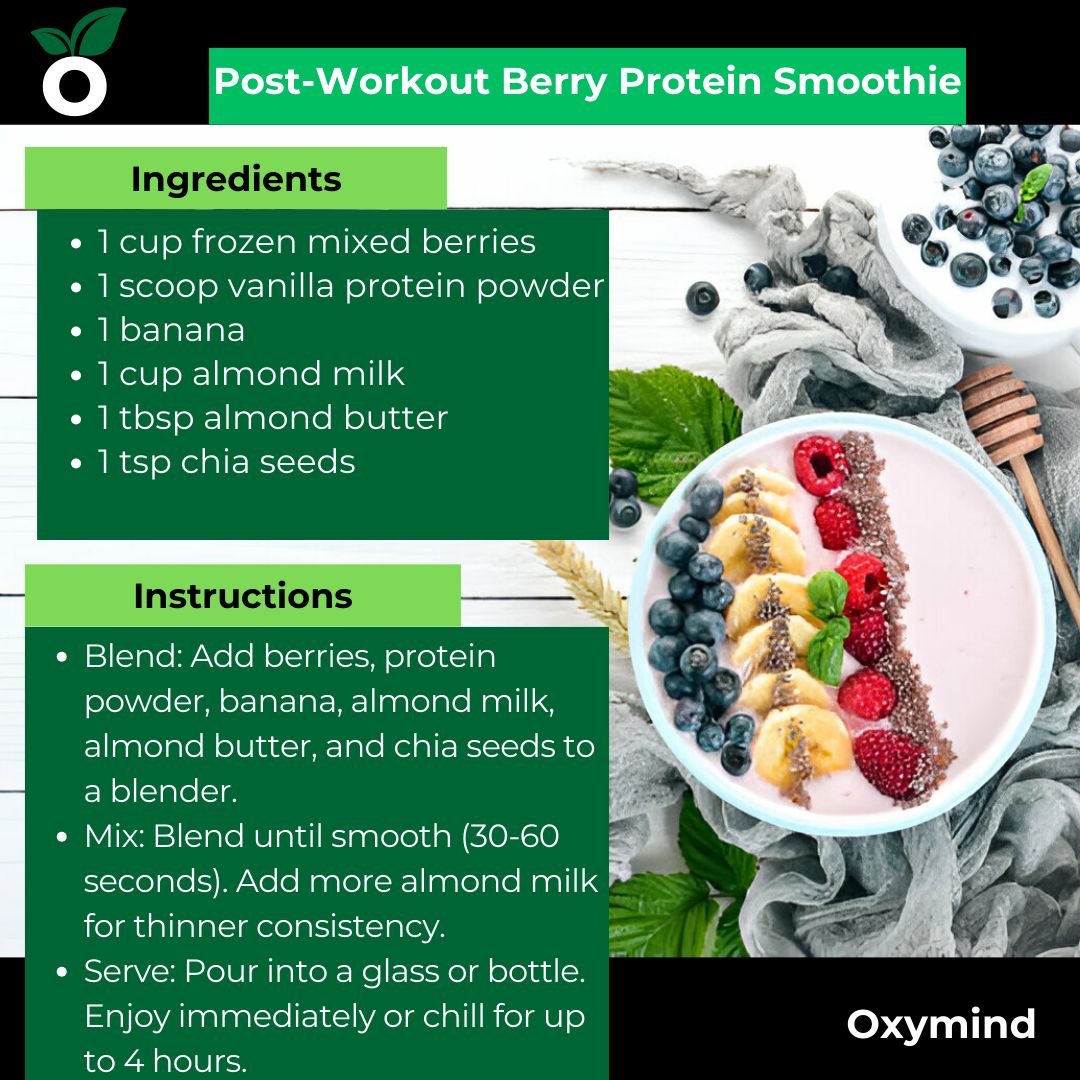
Benefits
Protein (25-30g/serving): Speeds muscle repair post-HIIT or Zone 5.
Carbs (berries, banana): Replenishes glycogen for energy after Zone 2 workouts.
Healthy Fats (almond butter): Sustains energy and supports heart health.
Antioxidants (berries): Reduces exercise-induced inflammation.
Hydration (almond milk): Rehydrates after sweaty sessions.
Productivity Hack: Movement Stacking
The Hack: Integrate purposeful movement into existing daily activities.
Movement stacking uses neuroplasticity principles to transform mundane tasks into brain-optimizing opportunities. By pairing movement with another activity, you enhance both the physical benefit and cognitive engagement.
Examples:
Phone calls become walking meetings
News consumption happens on a stationary bike
Morning planning sessions combined with light stretching
Problem-solving sessions during strength training
Language learning during Zone 2 cardio sessions
The Impact: "Movement stacking helped me accumulate an additional 5 hours of weekly exercise without adding a single minute to my schedule. My step count doubled and my creative output increased dramatically." — Marcus K., Product Designer
Quick Start: Identify your three most frequent sedentary activities and create a movement alternative for each.
Resource of the Week
Wysa (Your personal AI wellbeing coach) Genius Wave: A neuroscience-based device that uses sound waves to promote relaxation and mental clarity, aiding healing. Mindfulness: Everyday guided practice and meditation to help you deal with anxiety and overwhelming stress. Online Therapy Platforms: Services like Everyday Yoga and Talkspace offer accessible counseling options for those seeking professional support. |
|
THE 5X10 CHALLENGE: MOVEMENT THROUGHOUT THE DAY
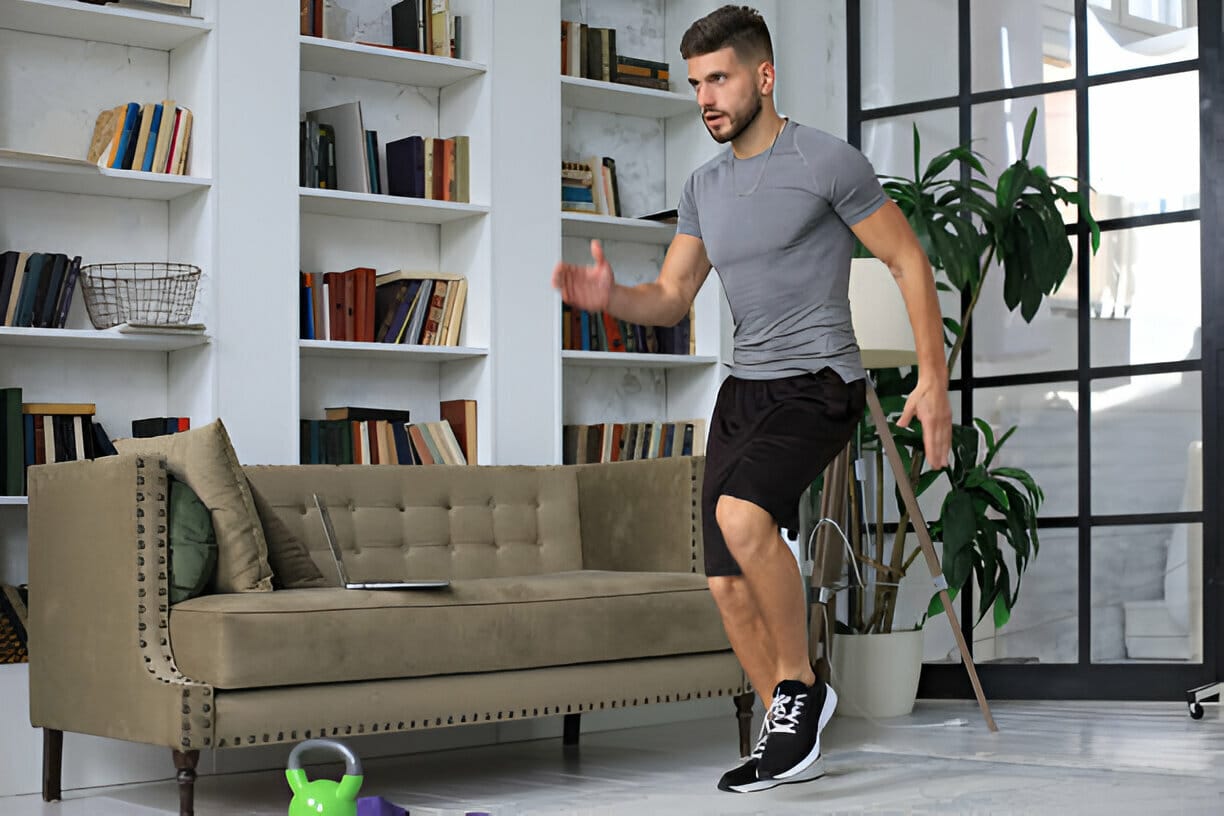
Recent research highlights that how you distribute movement matters as much as the total amount. Sitting for long periods negates many benefits of dedicated exercise sessions.
The solution? The 5X10 Challenge: Move moderately for at least 10 minutes, 5 times daily.
Why It Works:
10 minutes is the minimum threshold to positively impact glucose metabolism
Multiple movement sessions maintain metabolic flexibility throughout the day
Brief activity breaks reset cognitive function and attention
Distributed movement maintains healthy blood flow to the brain
Five sessions naturally establish movement as a habit rather than an event
How to Implement: Set movement triggers throughout your day—after waking, mid-morning, lunch, mid-afternoon, and evening. Each trigger initiates a 10-minute movement session, which can be as simple as a brisk walk, basic bodyweight exercises, or active household tasks.
Reader Tip: "I set a 'movement alarm' that chimes hourly during work hours. Even if I can only manage 2-3 minutes, it's enough to break the sitting cycle. The mental clarity boost is immediate and has become something I genuinely look forward to.”
THE BOTTOM LINE
Movement isn't just something you "should" do—it's the most powerful medicine available for both brain and body. The research is clear: nothing comes close to physical activity in its ability to extend life, enhance cognitive function, and stabilize mood.
The good news is that you don't need to become an athlete to reap these benefits. Strategic, consistent movement distributed throughout your week can transform your mental and physical health, even if you're starting from zero.
This week, consider starting with the 5X10 Challenge. Five 10-minute movement sessions daily is enough to begin shifting your brain chemistry, energy levels, and mood—while building momentum toward a more comprehensive movement practice.
Here's to moving better to think better,
Bolaji |
The OxyMind. |
